After 40+ years you would think I would know this, somehow it never came up, but for the life of me I don't see it.
Typical transistors specs list a plethora of values but one that always seems to be missing is \$I_{b_{MAX}}\$. That is, the maximum current you can pass through the base emitter junction.
Obviously you can't exceed the power rating across the base-emitter diode forward drop, so 626mW/0.7V ~ 900mA, but I have a feeling there is a fusing number for the bonding wire. Perhaps it is the same as the max collector current.. 200mA.
What number is the right one, if any?
